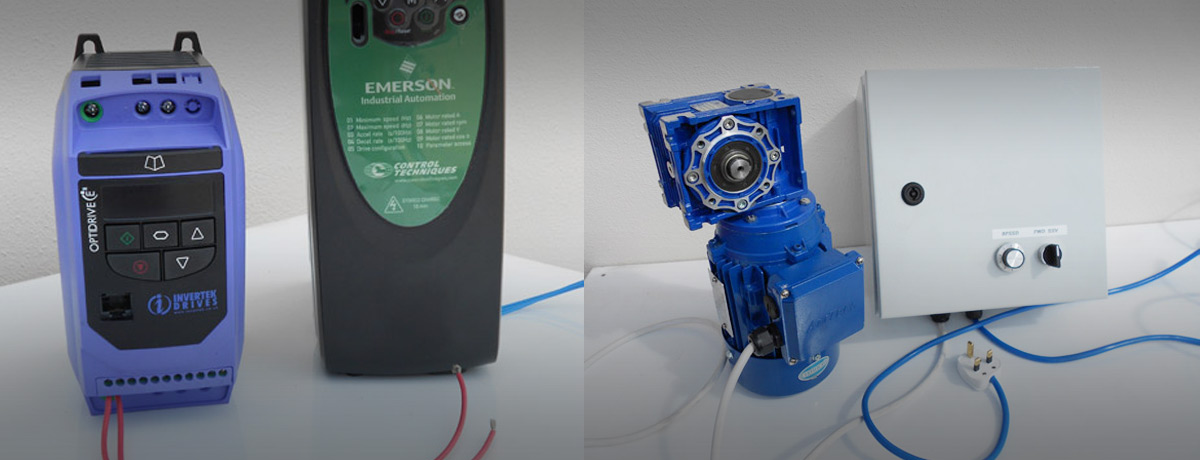Inverter drives offer speed or torque control of electric motors. All motors consuming electricity need a corresponding amount of energy to provide the correct torque or speed. If these are set too high or low, mechanical controls must be used to control output. The most efficient system has a motor’s speed exactly matching what is required by the procedure. If this is not achieved, the inefficiency of the motor results in wasted energy.
A way to control these motors is to use an inverter, also known as Variable Speed Drive (VSD) or Variable Frequency Drives (VFD) or frequency converter. This not only saves energy but improves productivity and reduces maintenance costs as no mechanical controls e.g. contactors or control gear, are required.
An inverter sits between the incoming electrical supply and the motor. Power from the electrical supply goes into the drive, which in turn regulates the power which is fed to the motor. Inside the inverter drive, the input power (AC) is converted to DC power by passing through a rectifier before being changed back to an AC form using a network of intelligent power modules within the inverter. Thus, providing the motor with a controllable clean input.
Single phase to 3 phase inverters are often used on dual voltage motors up to 3 kW. Above 3kW most inverters are 400V 3 phase type.
Examples of Inverter Drive Control uses:
-
Speed control of Fans
-
Conveyor Belts
-
Large scale mixers
-
Electronic brakes on wood working equipment

